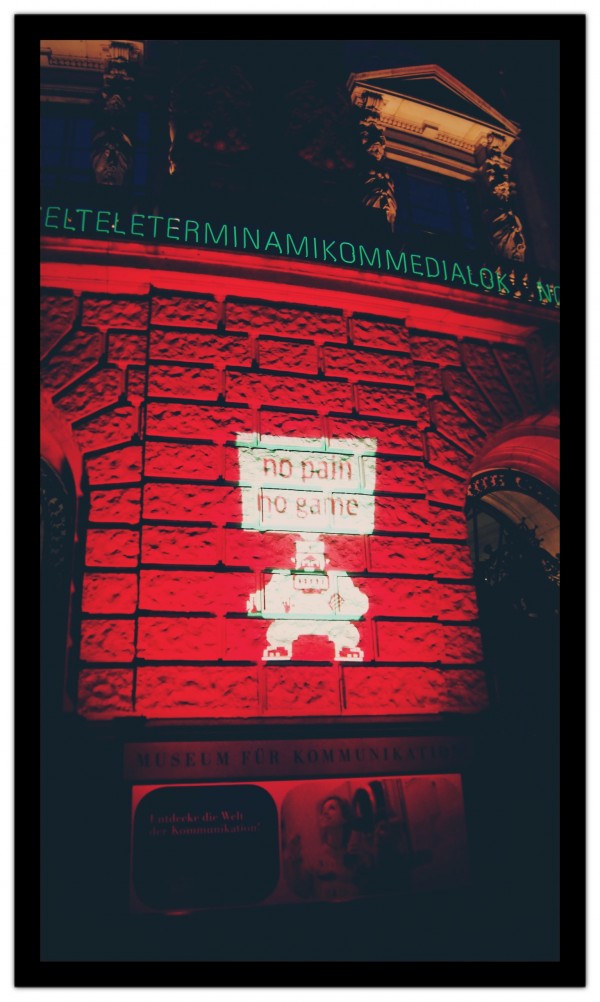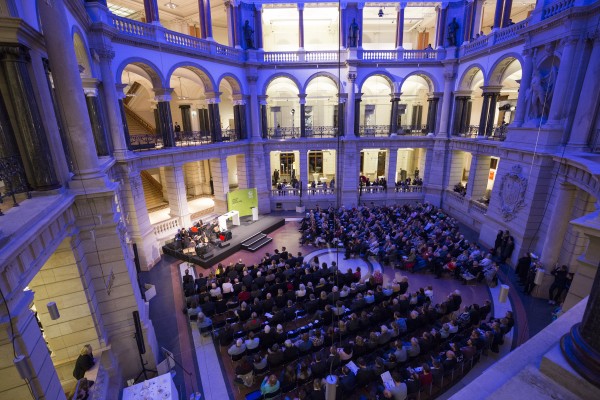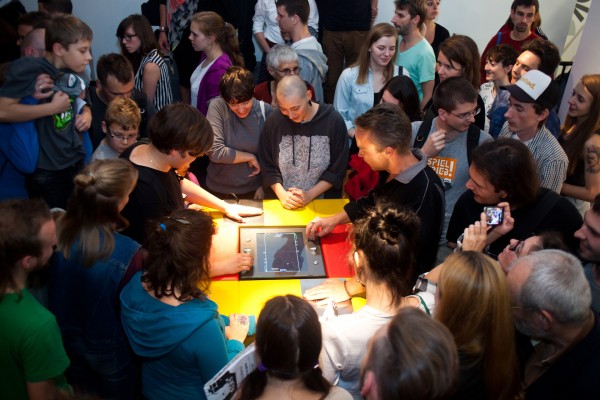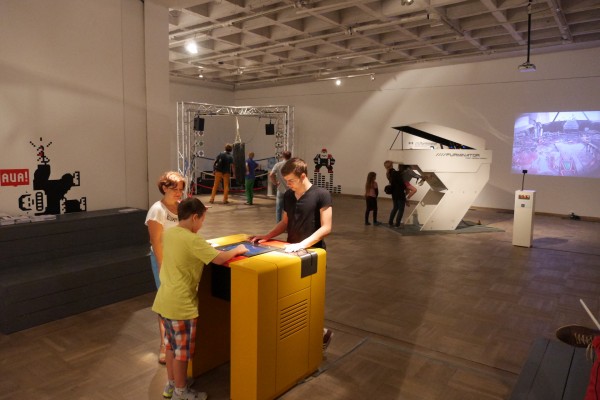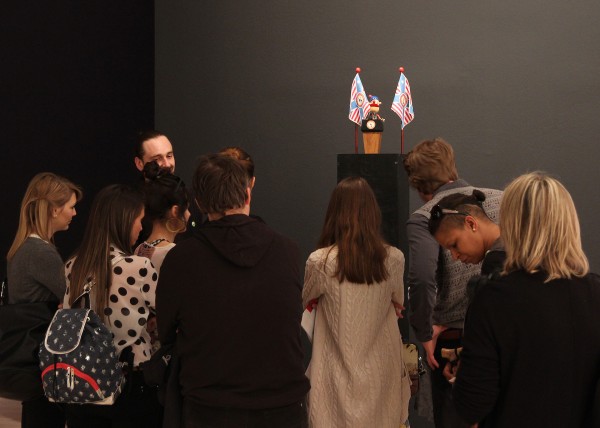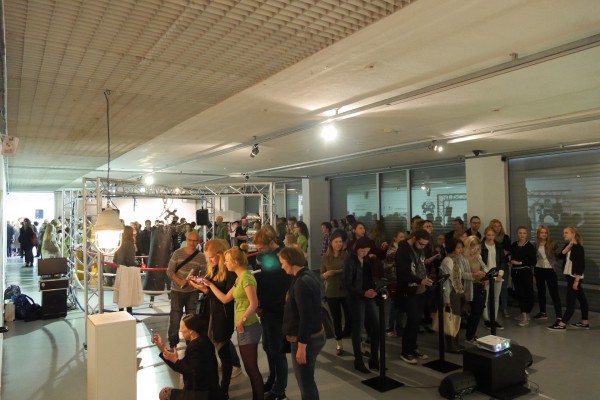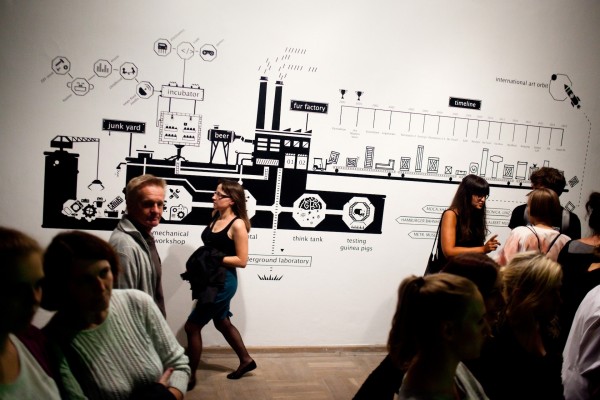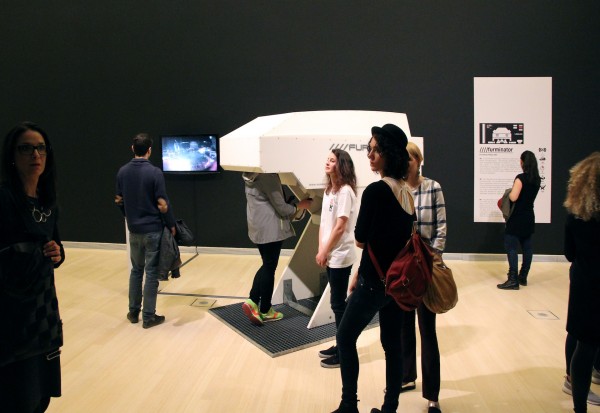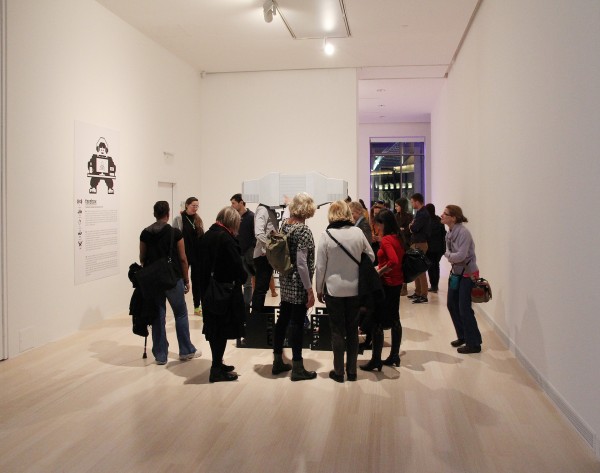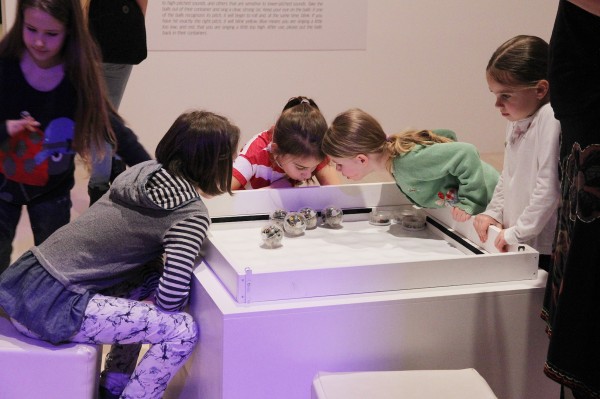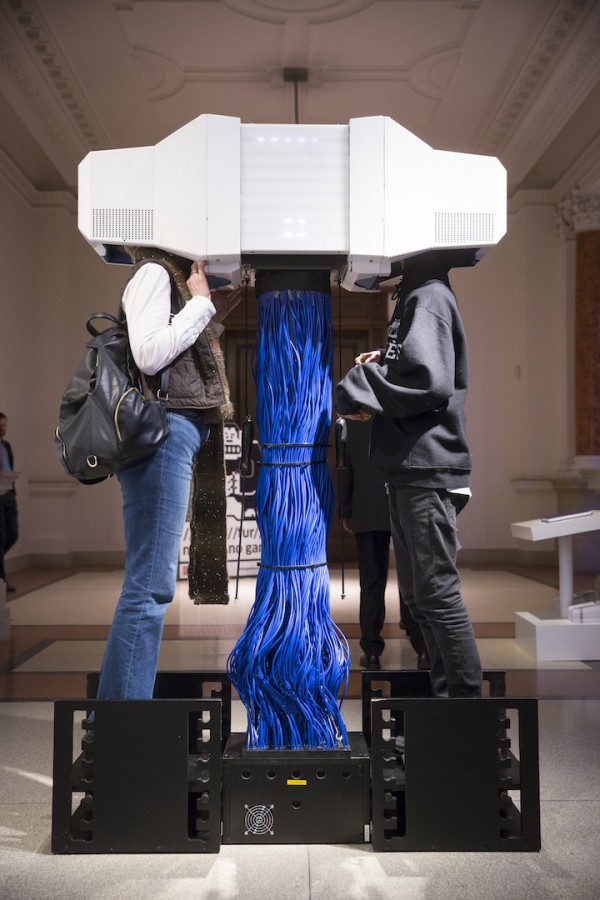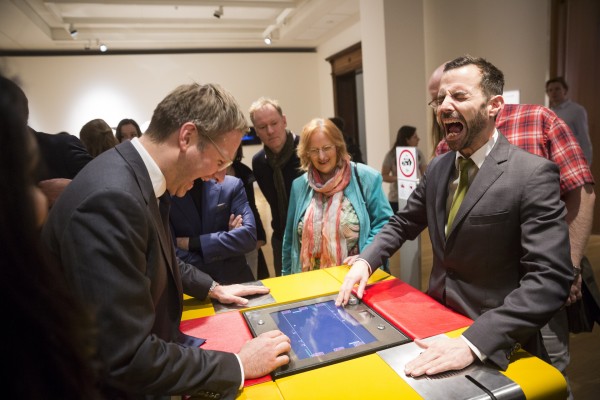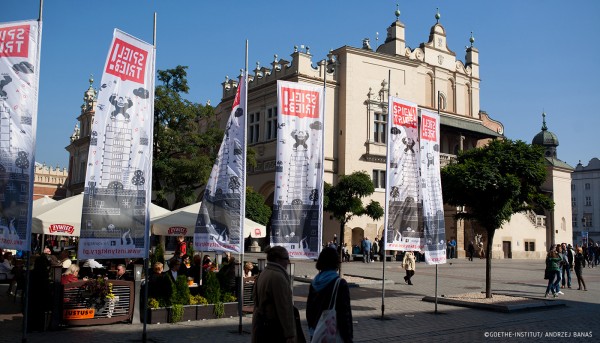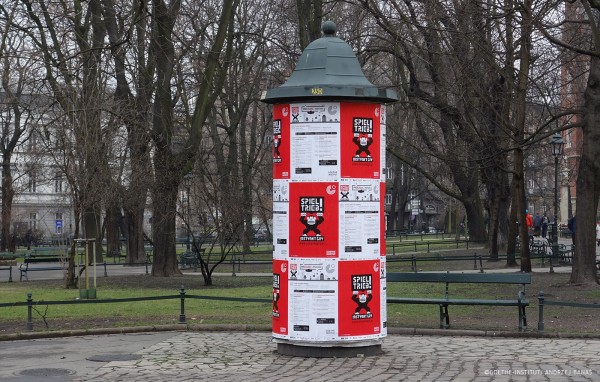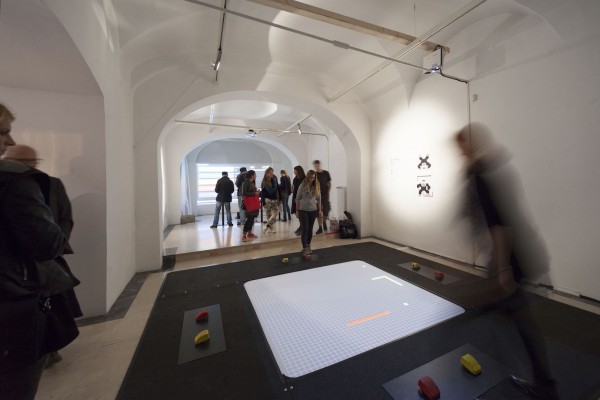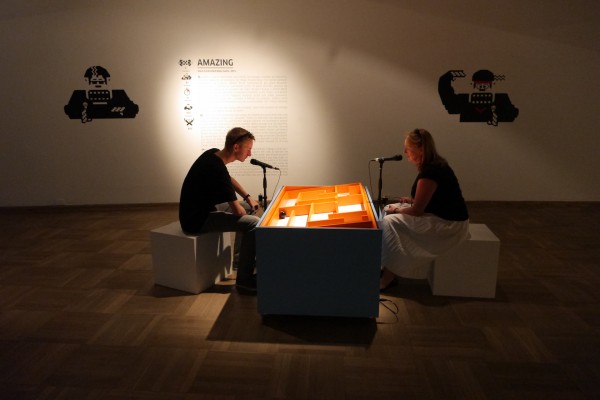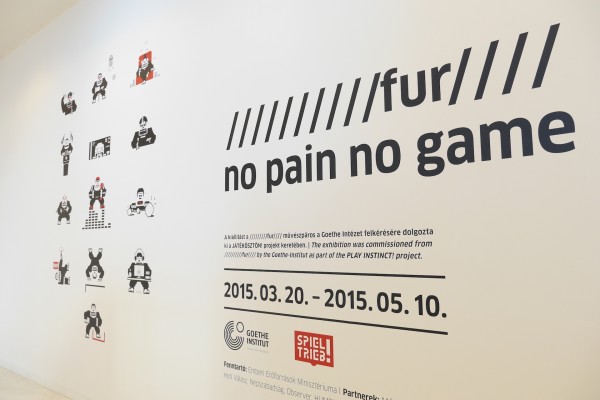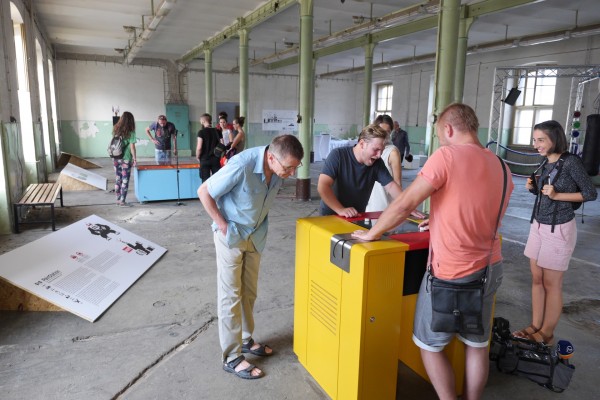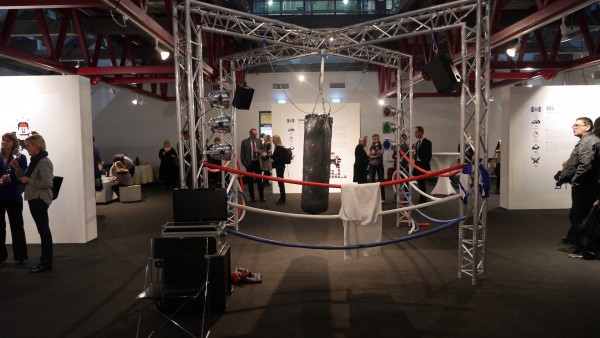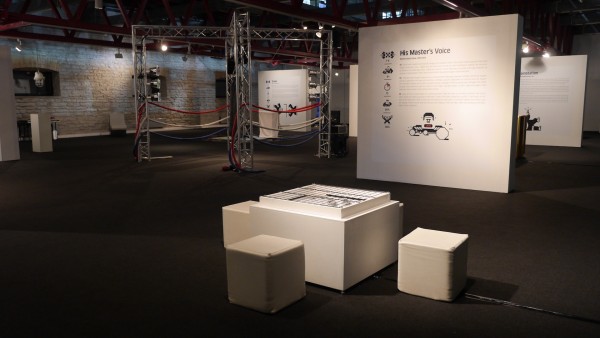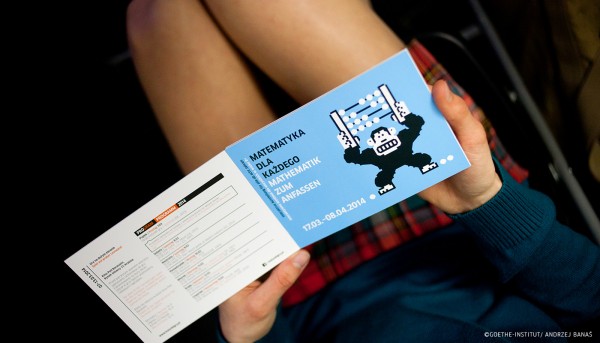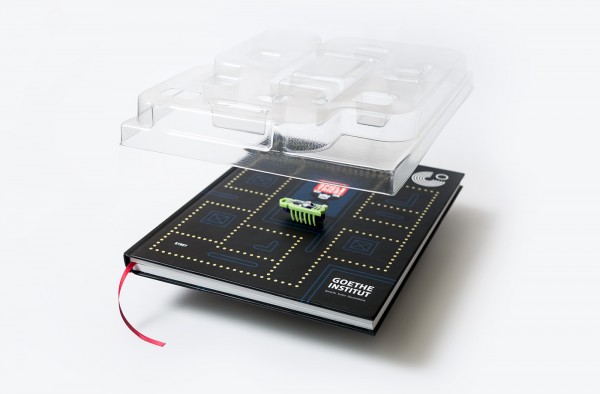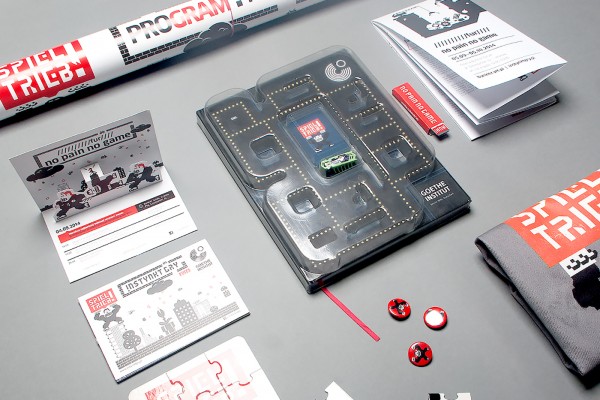NO PAIN NO GAME Exhibition Tour
No Pain No Game is the title of //////////fur////'s first solo exhibition with a selection of 10 playful and radical art works representing the outcome of more than 15 years of creative work. The outstanding character of this show is that each interactive work not only can but also should be physically experienced to get //////////fur////'s playful, humorous and provocative flavor.
The exhibitions title "No Pain No Game" is related to (named after) the artists early days masterpiece the PainStation which without no doubt can be considered as the core of this exhibition. In this painful video game //////////fur//// is concentrating their ambitions of creating multi-sensory artefacts related to the construction and social aspects of computer game culture. Their interactive installations combine game-logic, media criticism, apparatus parody and childhood memories into engaging man-machine experiences, oftentimes altering the view on the relationship between man and his technology. Beside the main artistic exploration of alternative user interfaces, humor, group experience and hormones are the key ingredients of their work.
*A computer game punishing mistakes with real pain; a box creating the world’s smallest social network; balls moving as if by magic, steered by the human voice. Volker Morawe and Tilman Reiff’s multi-sensory installations take a playful and humorous approach to offer a very different perspective on the mechanisms of media interaction.
//////////fur//// makes art interactive – creating an experience beyond the comfort zone. Their PainStation, winner of the International Media Art Award, is regarded as both a milestone and a taboo breaker. Based on the iconic video game Pong (1972), PainStation is the first computer game which does not merely visually represent pain, but is actually painful.
On around 800 square metres of space, the exhibition comprises nine other interactive installations, less dramatic perhaps, but no less impressive. Snake Pit, for instance, gives the classic computer game Hyper-Wurm (1979) a run for its money. The action originally seen on a mini-screen is transformed into a competitive and sweat-inducing dash for two players. In contrast, Amazing, a voice-controlled maze game, is all about hitting the right note together at the right time. And last but not least, facebox puts real-world proximity in place of digital disembodiment in social networks. This eye-to-eye encounter creates an unusual sense of intimacy – and could even end in a genuine friendship.*

Visitors: more than 120.000 ( as of March. 2017 )
Exhibition space: 400 - 800 sqm (scalable)
Exhibition Grafix: Grupa Autograf, PL














